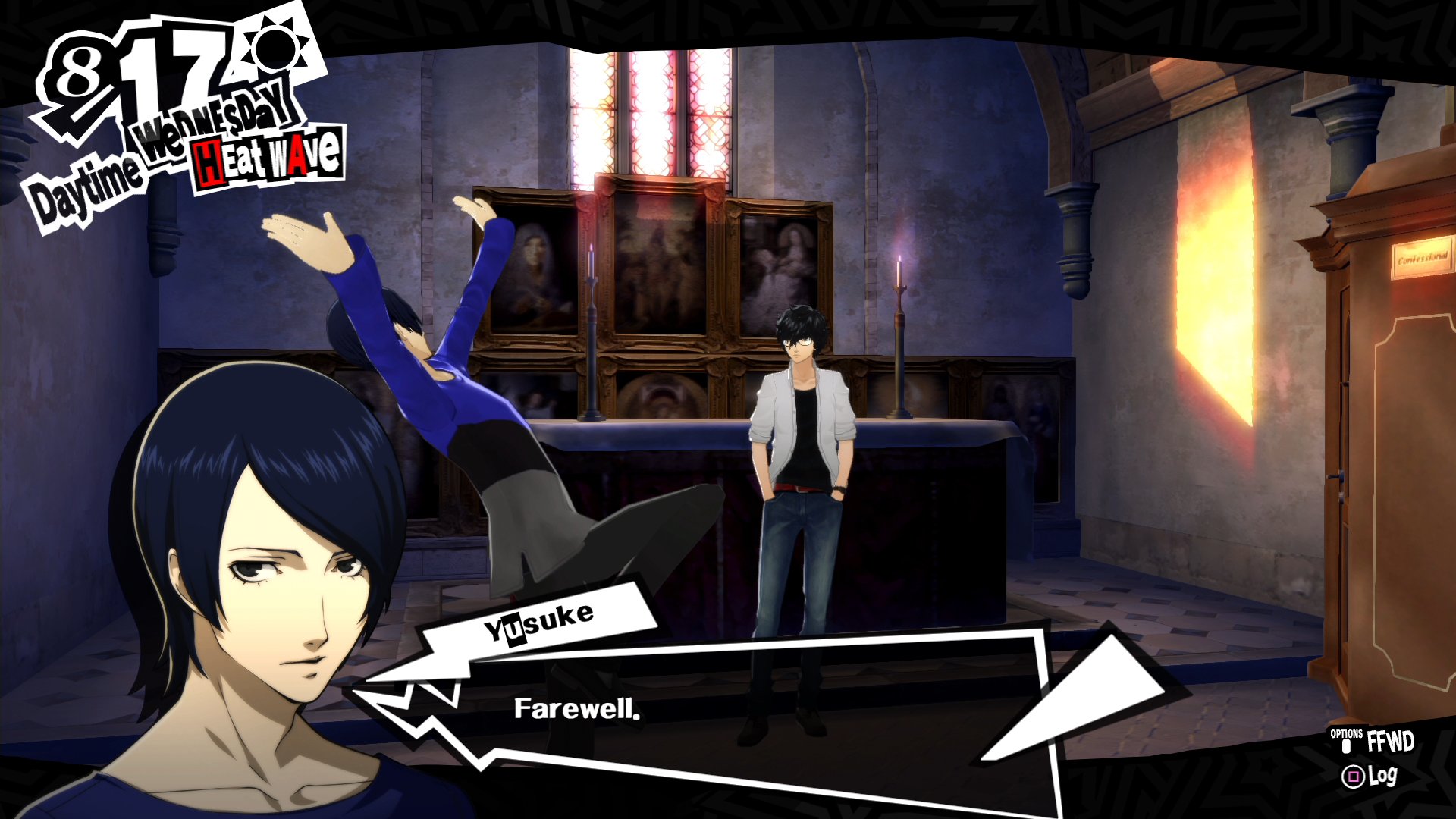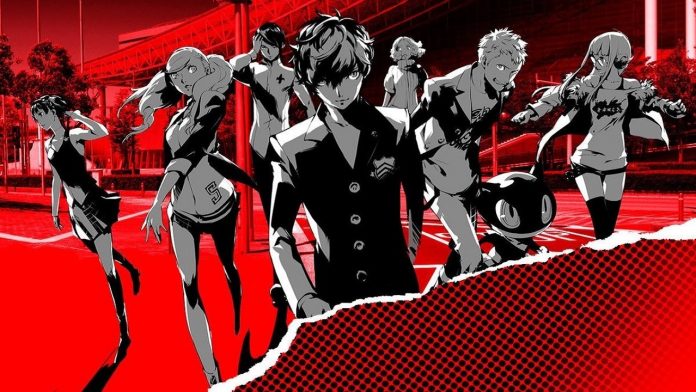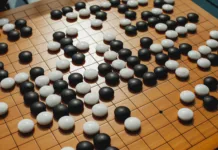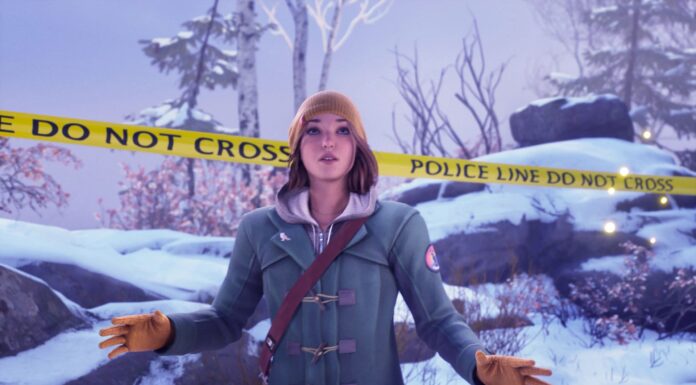Like many fans of this critically acclaimed JRPG series, I’ve been counting down the days to Persona 5’s release since the first release window of 2014 was announced. After all, if this game was anything like the other Persona games (which, mind you, I consider to be my third favorite series of all time) then it should be nothing short of a total success. Going into the game, I had extremely high expectations for Persona 5. If it was anything less than a 9/10 I was going to be disappointed. But not only did Persona 5 meet my expectations (an impressive feat all its own) but it was better than I could’ve possibly imagined it to be. Despite the plethora of amazing game releases we’ve had in 2017, Persona 5 was–without rival (well, except for maybe Breath of the Wild)–my favorite game to come out of 2017.
If I had to describe Persona 5 in a word, it’d be cozy. I love a nice, long JRPG that I can really sink my teeth into; Something I can play for upwards of 60 hours without it becoming stale. Take that and add a comfy chair and a Diet Coke and you have my ultimate gaming experience. Persona 5 more than delivers on that front boasting an average playtime of 80-100 hours with simple yet effective turn-based battles.
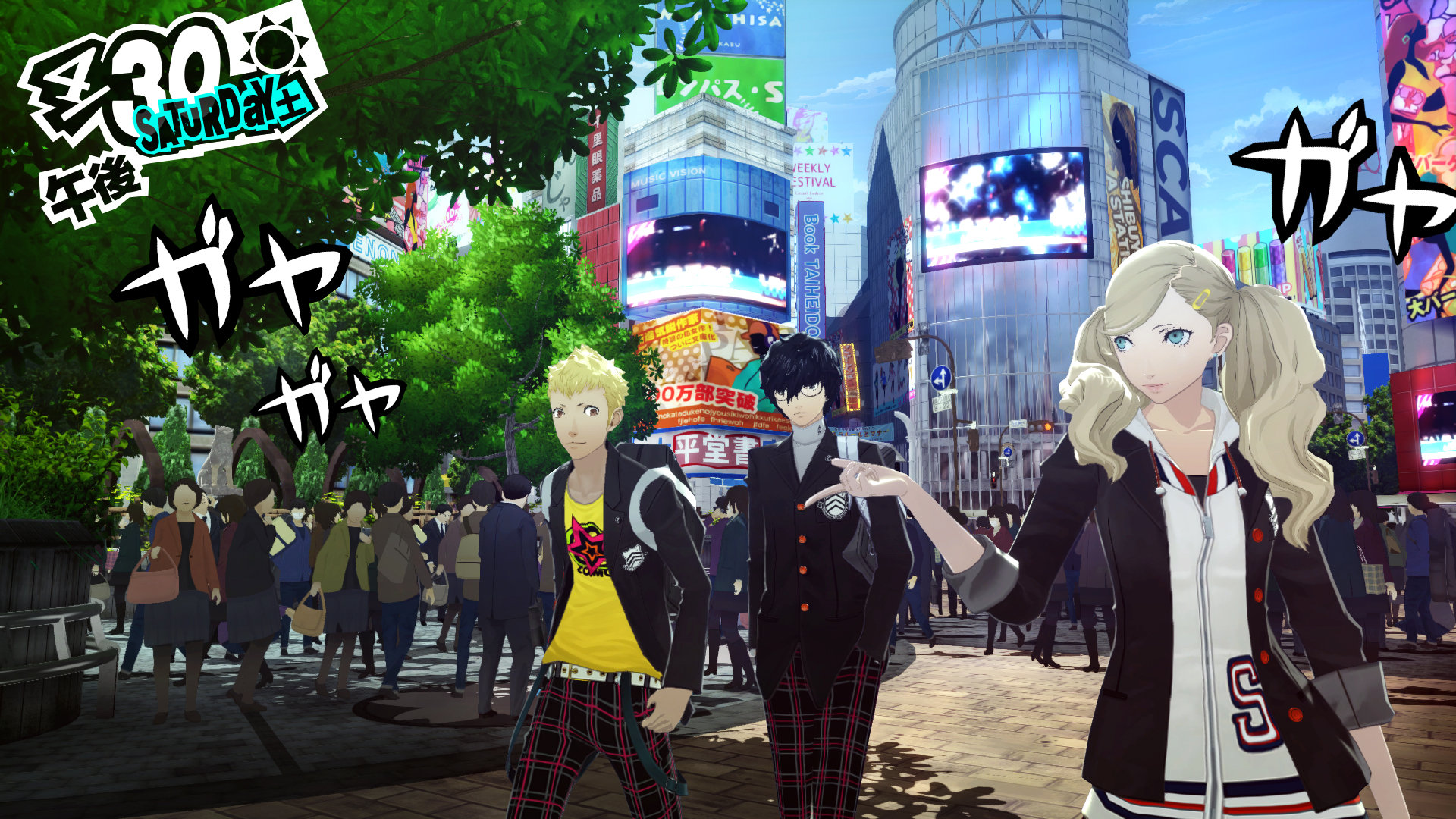
So what makes this hundred hour bundle of fun so irresistible to gamers? What’s in that secret sauce that keeps bringing people back for more? Allow me to share the recipe card with you:
Noble Lineage
This is far from the first time a Persona game has seen overwhelming success. Many people consider Persona 3 the game that really put the Persona series on the map with its addition of Persona’s trademark social link system. Beyond that, it’s also widely considered to be one of the best RPGs of its time and is a frequent find in best PS2/PSP games lists. Following it was Persona 4, which many say perfected the aspects of the already beloved Persona 3 and built upon them. It resulted in what many people call one of the best RPGs of all time and spawned several remakes and spinoffs that sold hundreds of thousands of copies. Entering the arena, Persona 5 would be the third in what’s been an extremely consistent line of beloved JRPGs from the past decade. Before it came out, there were already millions of expectant eyes on the release of Persona 5.
Style
Style and aesthetic are perhaps the most overlooked way a game can communicate its personality, and Persona 5 utilizes this to its fullest. Perhaps one of Persona’s most well known trademarks is how prevalent it lets style be, allowing it to ooze into every facet of the game. Persona 5 not only follows this tradition, but in my humble opinion, leads the pack. It’s rare to see a triple-A title prioritize style and even among those that do, very few take it to the artful extremes that Persona 5 does–these extremes largely focusing on its aesthetic and its soundtrack. The intro, in my opinion, combines them the best and offers a really flavorful description of what the game is like despite never outwardly saying it, all because of style.
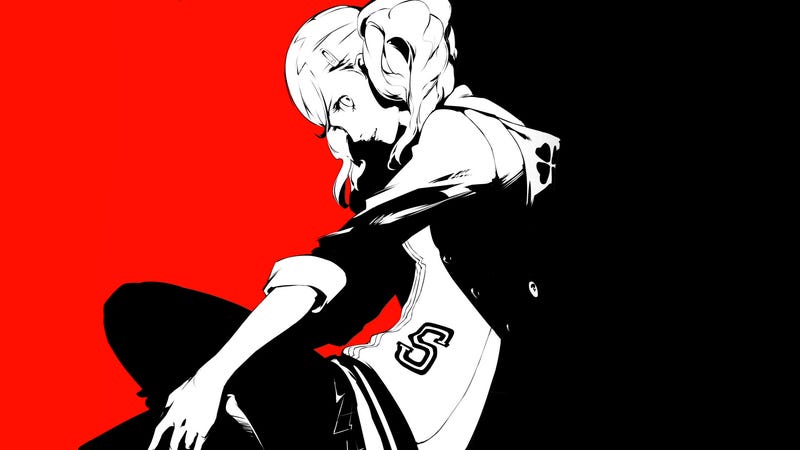
Characters (Confidants/Social Links)
No game takes the concept of the power of friendship as literally as Persona. Using its social link system (called confidants in Persona 5), you’ll power yourself and your personas up by getting to know your friends and peers. Largely in thanks to this, Persona games tend to have incredibly lovable, well-written main characters and Persona 5 brings out some of the series’s all-time best and most meaningful like Yusuke (an artist in need of inspiration), Toranosuke (a washed-up politician who wants better for the citizens), Haru (a fast food heiress who wants to make her own name for herself), and Kawakami (a teacher who moonlights as a maid).
Part of loving a game a game as much as I love Persona 5, however, means admitting to its flaws and talking about where it can do better. Opportunities for greatness were lost on the social links of Ann (a biracial model learning to dedicate herself to her craft), Makoto (an honor student and student council president who befriends a girl in a dangerous relationship), Oya (a journalist searching for her partner), and Ryuji (your best friend who wants to get back into track after a messy parting with the track team). What makes this especially tragic for Persona 5 is that 3 of those were all main characters in your party, and that they all had the ingredients for a wonderful story–they just got lost in the details, or shifted the focus toward something less interesting.
Luckily, Persona 5 can make up for that in team synergy since there’s never been a team that felt more solidified than the one in Persona 5. They actually felt like a genuine group of friends rather than a group brought together by unfortunate circumstances that were therefore forced to hang out. There were no factions, as there seemed to be in the other Persona games. They were just a large group of friends who understood each other’s strengths and weaknesses and built around them. They fought, they didn’t always see eye to eye, but at the end of the day they all had the same goal and wanted to build each other up. For that, they felt more genuine than any other group of protagonists from 2017 as a whole.
A Breath of Fresh, Turn-Based Air
The turn-based JRPG is a lost art form kept alive by a sacred few franchises like Persona, Atelier, and Digimon. Knowing that turn-based JRPGs are my favorite genre of games, you might be thinking, “Oh well of course Persona 5 is her game of the year, it was the only major turn-based JRPG release and I doubt it’s that good to people who aren’t so into them.” but that’s where there’s a major rift between Persona and, for instance, Atelier (or even other turn-based JRPG series that don’t have new releases or switched to action-based gameplay): Persona games even see lots of success with gamers who don’t normally play turn-based JRPGs. As a matter of fact, they’re usually some of the first recommendations turn-based JPRG fans will give people getting into the genre, because they’re so well-liked. Believe me, it was no mistake that Persona 5 won RPG of the Year at The Game Awards and is a recurring game in many people’s game of the year lists, regardless of how many (or few) JRPGs they play.
All my bias toward preferring turn-based JRPGs aside, it’s definitely a breath of fresh air when a turn-based JRPG gets really popular outside of Japan because of how refreshingly different the gameplay is from just about anything else on the market. Even if, by turn-based JRPG standards, the gameplay of Persona 5 is pretty simple (yet effective), the fact that it’s at least around is noteworthy by itself. You may not see Persona 5 top any charts for innovative turn-based gameplay, but you will likely see it in many lists of games that helped warmly welcome people to the genre.

Dungeons
From a school-turned-castle run by an abusive teacher to an art museum, a cruise liner, and everything in between, Persona 5 cuts no corners coming up with extremely beautiful, creative dungeons for the players to explore. The puzzles within said dungeons range everywhere from annoying to brilliant, usually falling into one of the two extremes which makes it impossible to generalize them, but for better or for worse you can always rely on the dungeons being like nothing else you’ve ever experienced.
Themes
Although Persona 5 covers a wide variety of themes through its confidants, the overarching theme of the game is Robin Hood-style vigilante justice: The pros and the cons, whether or not its ethically correct, the hypocrisy its laced with, rebellion, and all the power play that’s involved. It’s incredibly relevant in 2017’s politically transformed’s world and by portraying characters on either side of the argument–and some who even switch sides–Persona 5 is able to communicate its theme to the audience in every facet of the game, even down to the names of the personas themselves (all styled and named after famous thieves to match the the vigilante Phantom Thieves). It not only makes the game feel more relatable on a certain level, but it adds a heavy punch to the writing that’s simply not present in anything else that came out this year.

Writing
It’s an incredible feat when a game can communicate an interesting, well-written story and fill it with captivating gameplay. Sure enough, it’s yet another feat Persona 5’s achieved. The story of Persona 5 is a long, winding one with lots of twists, turns, symbolism, and confidants along the way. Despite the game’s enormous length, the writing is able to remain consistent without becoming stale, overly complex, or lost in its own message.
Acting on the Critiques of Previous Persona Games
From the very start of the game, Persona 5 makes the player extremely aware that Atlus has been listening to the critiques of previous Persona games and has been acting accordingly. Literally, from the very start because the game starts you out in the midst of an exciting heist which is followed up by a flashback that lasts most of the game. The point being that it no longer starts off really slowly and does a great job illustrating to the player right from the get go why Persona 5 is a worthy investment of your time, something Persona 3 and 4 struggled to do and therefore lost some players after a few hours.
That’s definitely not the only critique Atlus acted on: Persona takes a return to its darker side in Persona 5, both aesthetically and thematically–something that fans had been asking for after the polarizingly happy-go-lucky Persona 4 has been at the series’s forefront for nearly a decade. On the topic of going back to its Shin Megami Tensei roots, Persona 5 allows you to speak to and recruit shadows–something neither Persona 3 nor 4 have let you do, but is a recurring mechanic in every other Shin Megami Tensei game. Allowing the players to talk to shadows made for more interesting battles, and alternative ways of finding helpful items or money.
Perhaps the most welcome change for me, however, is having more areas for your protagonist to explore outside of the metaverse and (this is the important part, hold on to your hats) from the map you can see who’s available and whether or not their social link will level up if you choose to hang out with them. It’s a small, often overlooked feature but it’s the perfect example of Atlus being mindful of criticism and acting on it.

Persona 5 isn’t only my game of the year for 2017, but it’s my favorite game of the year from recent years. When I compare it to my game of the year for say, 2016 (The House in Fata Morgana), 2015 (Undertale), or 2014 (LISA) I’d pick Persona 5 over any of them. Not because my previous game of the years have been lackluster–on the contrary, they’re some of my all-time favorite games–but because Persona 5 is simply better than them. Plainly put, it’s just that good.
Persona 5 isn’t just consistent with the stellar quality of Personas 3 and 4, but it very much builds on their success to deliver some of Persona’s all-time bests. It not only meets the incredible expectations put upon it by being a Persona game, but it exceeds them in just about every way. The result is a captivating 10/10 JRPG that from its hot blooded beginning to bittersweet end will have you sitting at the edge of your seat, wondering how it’s possible for any given game to simply be this much better than anything else that came out not just this year, but in a long time.
